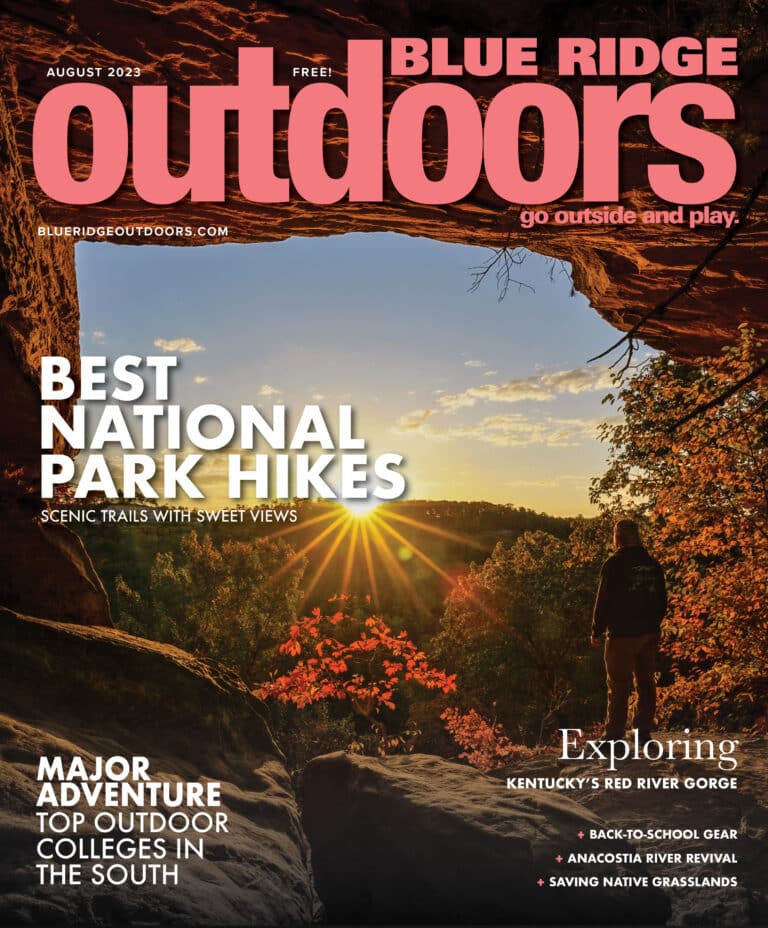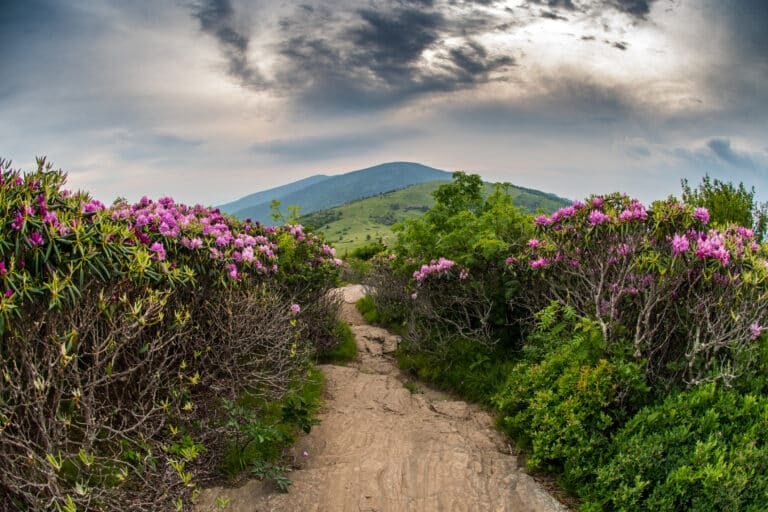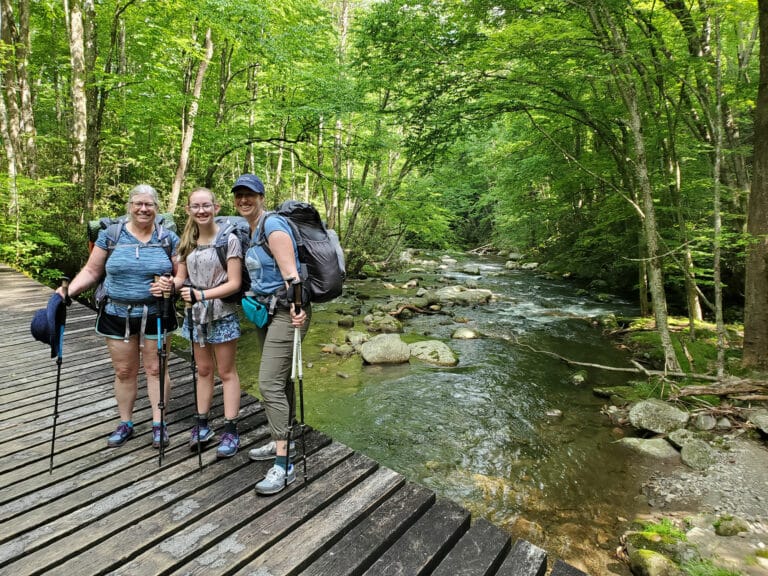Tim O’Brien
A 30-year career has seen Tim O’Brien do many things: found the innovative bluegrass group Hot Rize, give the folk/bluegrass treatment to an album of Bob Dylan tunes, delve into his Irish musical roots, and pick up a Grammy for his 2005 album Fiddler’s Green. But just this year O’Brien did something he had never done—head into the studio alone. His latest release, Chameleon, features O’Brien at his solo best, alone in turn with his guitar, bouzouki, mandolin, fiddle, mandola, and banjo. BRO recently caught up with O’Brien to chat about recording alone, fine guitars, and the state of acoustic music. BRO: What prompted you to record alone this time?
TO: Well, it was the one thing I hadn’t done yet. It’s been sort of nagging at me. I’ve done many solo shows over the years, so I know there is a certain intimacy that I like about it. It offers a particular way to get at the songs, and I wanted to feature that. It’s really simple—corporate downsizing.
BRO: Is it more or less stressful when you look around the studio and there isn’t anyone else there?
TO: It’s a different kind of stress. You have to physically work harder because you are going be playing all the stuff. Instead of being tasteful, letting other people’s voices come through and finding the right place for yours, you’re in charge of all of it, so you’re busier. You sing more, you play more. But it was good.
BRO: Your collection of instruments is enviable. Did any of those instruments, when you first held it, feel like it was destined for your hands?
TO: The Martin guitar that I have is an instrument of that quality. I bought it back in 1991. I was looking for a small Martin, and I got this 1937 model 0018. It’s really warm sounding, very responsive, and it seems to work in every situation. I learned about old 1930s guitars from Charles Sawtelle, who I played with in Hot Rize. He was a connoisseur of old guitars. He highly approved of that guitar, which made me feel good. It made me feel like I had learned about what good guitars are, and I had chosen it myself, and he approved. I felt like I had graduated from guitar school.
BRO: When using all of these instruments during the writing process, do the songs pick the instruments, or do the instruments pick the songs?
TO: The songs pick the instruments, mostly. But then you want more of the instruments, so you write songs for them. There’s this intrigue about which instrument it should be and featuring instruments to get more textures and more sounds in there. I was just trying to give it my best shot with this solo direction and give this bunch a breadth, to make it as wide as possible and interesting to listen to.
BRO: You did the production work on the new Infamous Stringdusters disc. How did that go?
TO: I was really interested to get inside that band and see how they looked at things. They are fairly young, yet they carry quite a breadth of style. They can do justice to the traditional bluegrass, but they can also go for the modern and jazzy stuff, and they are a good singing band. I was just kind of jumping on the train. They were so ready to go. They wanted me to produce and I said, “Great, I’ll try to find you some songs,” and they said, ”Well, here’s 20.”
BRO: When you see the young bands coming up behind you, what do you think of the state of acoustic music?TO: Everything is bubbling. I’m always looking to get a new perspective on the scene, and how better to do that than check out the younger generation. They tend to stand on the shoulders of those who came before them. You can’t have a Mike Marshall without a David Grisman without a Frank Wakefield without a Bill Monroe. Everything that goes before props the next guy up, and they start from where the last guy broke trail to. The music keeps regenerating; the old styles keep coming back, they get reframed, because each guy has his own take on it. The same elements get rebuilt and recycled and, when you least expect it, something grabs you as fresh and new and you say, “Why didn’t I think of that?”







